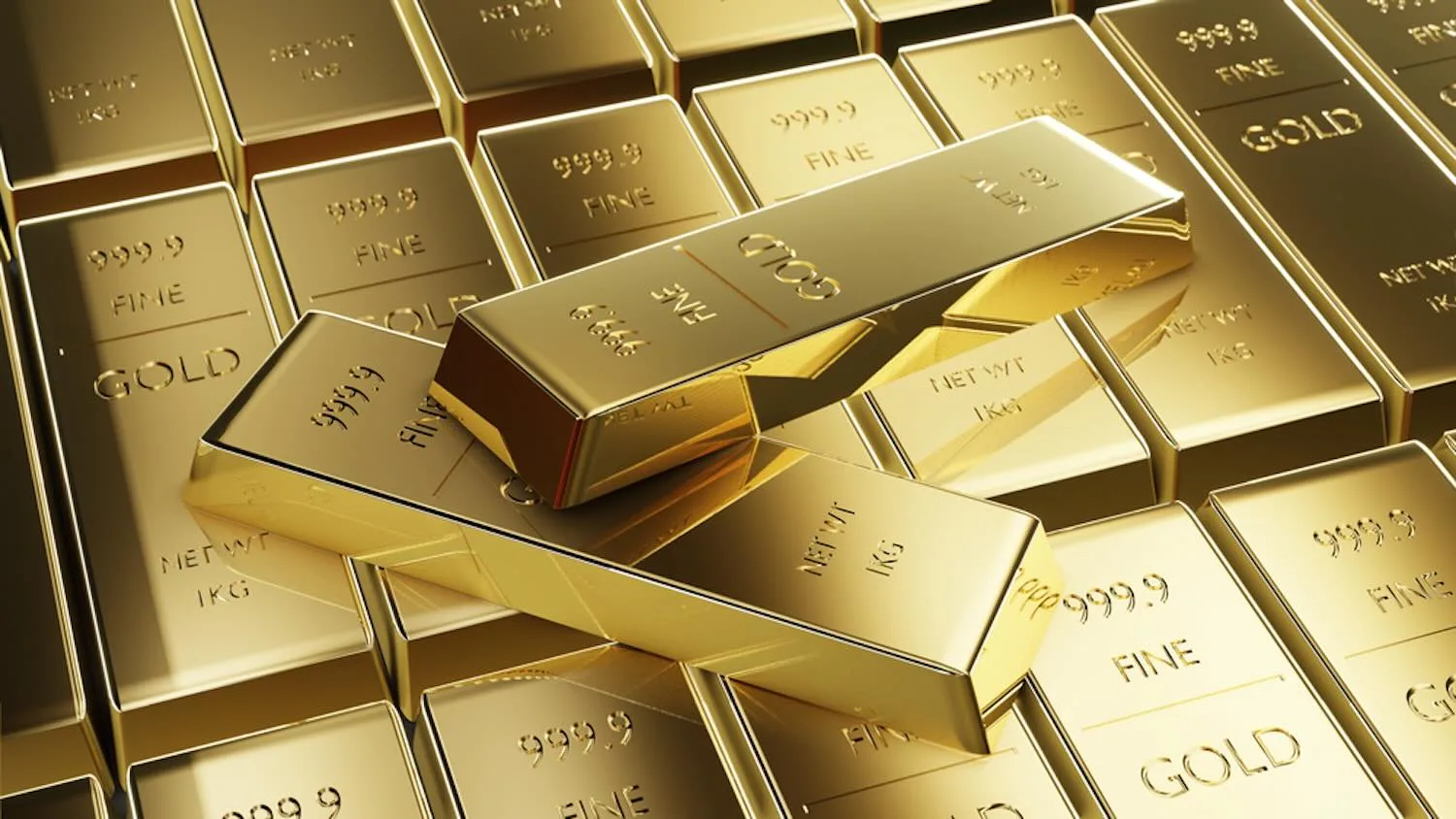From everyday consumers to the largest central banks, everyone is closely watching gold prices, which have soared to unprecedented heights. As of this Tuesday, the price of spot gold hit $2,364 per ounce, marking a record high for seven consecutive sessions. This surge, representing a 16.5% year-on-year increase, is driven by various economic factors and strategic decisions by global financial entities.

Read More About Gold: Buying Gold: What Are My Options?
The Drivers Behind the Gold Price Rally
Investors anticipating rate cuts by the Federal Reserve are a significant force propelling gold prices upwards. However, this trend is further amplified by substantial purchases by central banks, notably China, which are accumulating gold to decrease their dependency on the U.S. dollar.
Central Banks’ Growing Gold Appetite
Central banks globally view gold as a critical asset for long-term value preservation and a safe haven amid economic uncertainties. The People’s Bank of China, for example, continued its gold-buying spree for the 17th consecutive month in March, increasing its reserves by 160,000 ounces to a staggering total of 72.74 million troy ounces. This strategic diversification away from the U.S. dollar is partly a response to geopolitical tensions and the desire to mitigate exposure to potential sanctions.
The Impact of Interest Rates on Gold
Gold traditionally thrives in a low-interest rate environment. As yields on bonds and other interest-bearing assets diminish, gold becomes a more attractive investment. This inverse relationship between interest rates and gold prices is a fundamental principle that guides investor behavior during periods of rate adjustments.
Global Events and Market Sentiments
The demand for gold is also being shaped by broader economic indicators and geopolitical events. The ongoing discussions on financial stability between the U.S. and China, including concerns over trade practices such as the alleged overproduction of Chinese electric vehicles, play a role in market fluctuations. Additionally, rising oil prices contribute to fears of inflation, which typically steer investors towards gold.
The Role of Consumer Demand
On the consumer front, the allure of gold continues to grow. Retail giants like Costco have tapped into this demand, selling gold bars and silver coins to the masses. Reports suggest that Costco’s venture into precious metals could be generating as much as $200 million monthly. This mainstream availability and the robust discussion on platforms like Reddit highlight a surging interest in gold among everyday investors.
Gold as a Political and Economic Barometer
Gold’s reputation as a stable investment during times of political uncertainty is well-established. With numerous global elections on the horizon, including the U.S. presidential election, the metal’s appeal as a protective asset is likely to increase. Investors often turn to gold as a safeguard against potential economic volatility triggered by political events.
The Future of Gold Investments
Looking ahead, the trajectory of gold prices seems poised for continued growth. Central bank policies, economic indicators, and consumer behavior suggest a sustained interest in gold. For individuals looking to invest in gold, understanding these dynamics is crucial. Gold not only serves as a hedge against inflation and a tool for portfolio diversification but also stands as a resilient asset in the face of global uncertainties.
Investing in Gold: A Strategic Consideration
For those interested in incorporating gold into their investment portfolio, several options are available. Physical gold, such as coins and bars, offers tangible assets, while gold ETFs and mutual funds provide easier liquidity and diversification. Regardless of the form, gold represents a strategic addition to any investment strategy, especially in turbulent economic times.
The Intricacies of Gold as a Commodity
Gold has long been revered not just for its aesthetic appeal but also for its role as a fundamental investment asset. Understanding the nuances of gold prices involves a deeper look into its various influences and historical stability, which underpin its value in modern economics.
Historical Context of Gold Pricing
Gold has been a medium of exchange and store of value for thousands of years. Its price is influenced by many factors beyond simple supply and demand. Historically, gold prices rise during times of economic instability, war, and high inflation. This reflects its status as a “safe haven” asset. In recent decades, the gold market has seen significant volatility. Prices surged during the 2008 financial crisis and again during the global uncertainty triggered by the COVID-19 pandemic.
Factors Influencing Gold Prices
Several key factors contribute to the fluctuations in gold prices:
- Central Bank Reserves: Central banks hold vast amounts of gold as part of their foreign exchange reserves. When they buy or sell significant amounts of gold, it can dramatically impact the market. For instance, sales from central bank reserves in the 1990s helped keep prices relatively low, while buying trends in more recent years have supported higher prices.
- Value of the U.S. Dollar: Gold is typically priced in U.S. dollars, and there is a strong inverse relationship between the value of the dollar and the price of gold. When the dollar weakens against other major currencies, gold prices tend to rise, and vice versa. This relationship ties gold prices to U.S. monetary policy and economic conditions, which influence the dollar’s strength.
- Interest Rates: As gold does not offer a yield, its attractiveness is inversely related to interest rates. Lower interest rates provide less competition from other investments like bonds, making gold more appealing.
- Investment Demand: Investment vehicles such as exchange-traded funds (ETFs) have made it easier for individual investors to invest in gold. Movements in these funds, reflecting broader investor sentiment, can significantly impact gold prices.
- Geopolitical Uncertainty: Gold often benefits from economic or political uncertainty as investors look to it as a safeguard against instability and as a store of value during times of crisis.
